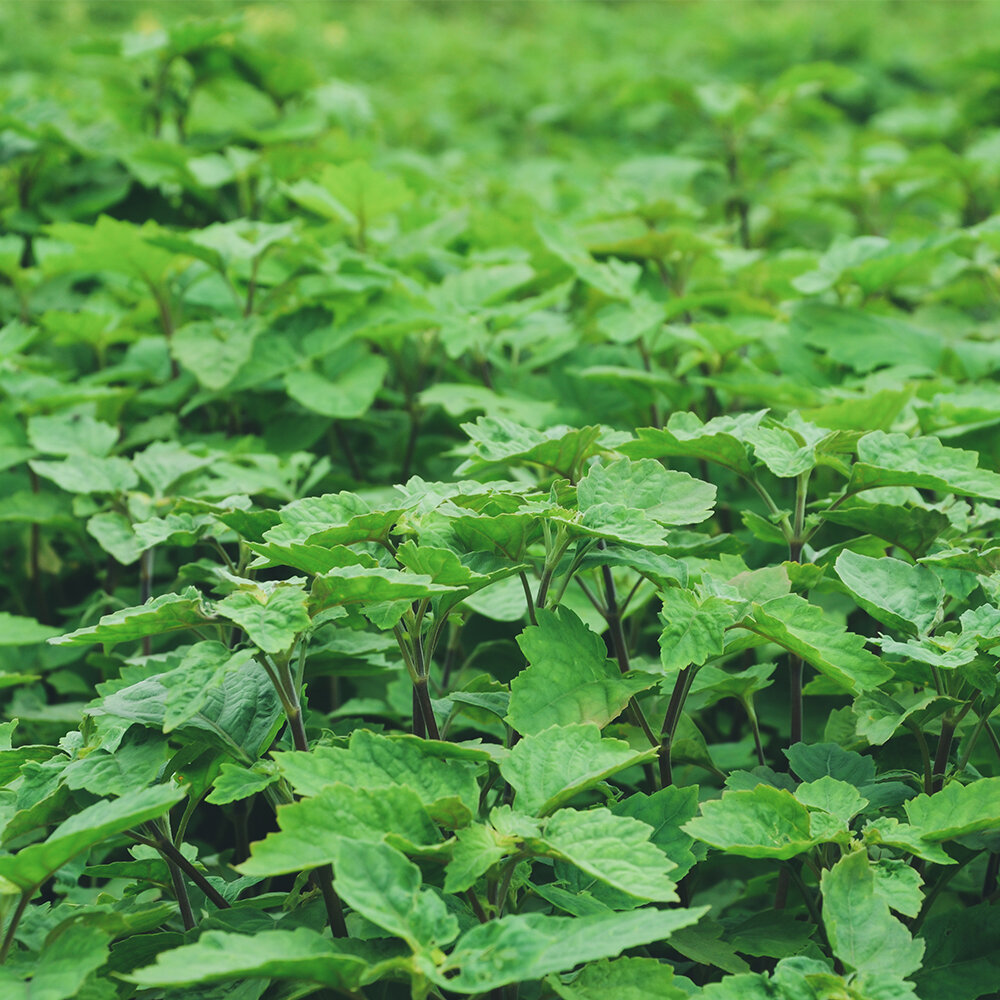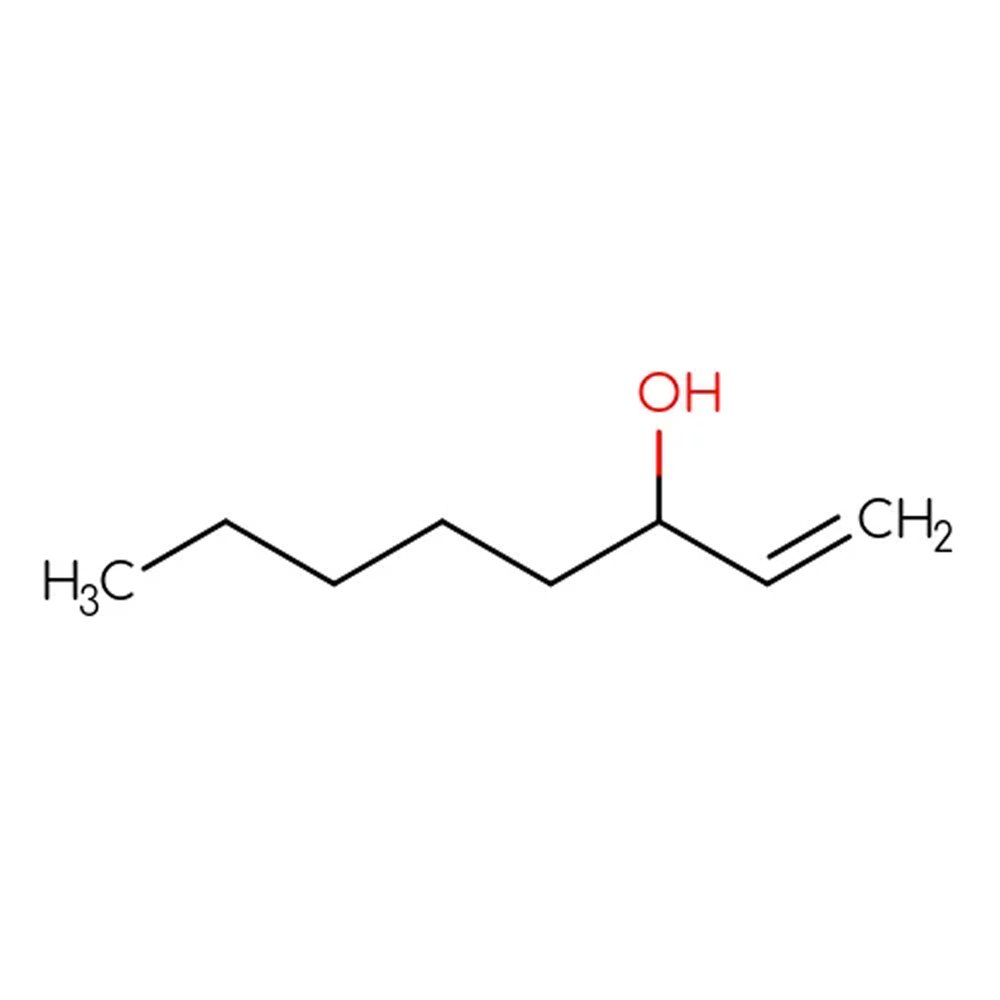 Image 1 of 2
Image 1 of 2

 Image 2 of 2
Image 2 of 2



Patchouli Crude Oil
Premium Natural Ingredient for Perfumery
Patchouli Crude Oil (CAS 8014-09-3) is a dark, viscous essential oil obtained from steam-distilled leaves of Pogostemon cablin. Known for its tenacity, it features an extremely rich, earthy-woody scent with aromatic, spicy, and sweet-herbaceous facets. This material plays a structural role in oriental, chypre, woody, and fougère fragrances, offering both persistence and olfactory depth. Its ability to fix lighter volatile notes and mask undesirable odors also makes it valuable in personal care applications.
Premium Natural Ingredient for Perfumery
Patchouli Crude Oil (CAS 8014-09-3) is a dark, viscous essential oil obtained from steam-distilled leaves of Pogostemon cablin. Known for its tenacity, it features an extremely rich, earthy-woody scent with aromatic, spicy, and sweet-herbaceous facets. This material plays a structural role in oriental, chypre, woody, and fougère fragrances, offering both persistence and olfactory depth. Its ability to fix lighter volatile notes and mask undesirable odors also makes it valuable in personal care applications.
Premium Natural Ingredient for Perfumery
Patchouli Crude Oil (CAS 8014-09-3) is a dark, viscous essential oil obtained from steam-distilled leaves of Pogostemon cablin. Known for its tenacity, it features an extremely rich, earthy-woody scent with aromatic, spicy, and sweet-herbaceous facets. This material plays a structural role in oriental, chypre, woody, and fougère fragrances, offering both persistence and olfactory depth. Its ability to fix lighter volatile notes and mask undesirable odors also makes it valuable in personal care applications.
Natural Ingredient Overview
🏭 Manufacturer (if available): Multiple sources (Indonesia, Malaysia, China)
🔎 Chemical name: Essential oil of Pogostemon cablin
🧪 Synonyms: Patchouli oil, Pogostemon oil
🧬 Chemical Formula: Complex mixture; major component: patchoulol
📂 CAS N°: 8014-09-3
📘 FEMA: 2838
⚖️ MW: Not applicable (natural complex substance)
📝 Odor type: Woody, Earthy
📈 Odor Strength: Very high (exceptional tenacity)
👃🏼 Odor Profile: Rich, earthy, sweet-herbaceous, woody-balsamic, aromatic-spicy with a floral-wine top note in aged samples
⚗️ Uses: Oriental, chypre, woody, fougère, powdery perfumes; fixative and masking agent for technical fragrances
🧴 Appearance: Dark orange to brown viscous liquid
What is Patchouli Oil?
Patchouli Oil is an essential oil steam-distilled from the dried and pre-fermented leaves of Pogostemon cablin, a tropical perennial in the Lamiaceae family. The plant is cultivated in Indonesia, Malaysia, India, and Madagascar. The quality of the oil depends on careful leaf fermentation prior to distillation, which ruptures cell walls and enhances aromatic yield. Patchouli oil has been used in perfumery since the 19th century and is renowned for its aging potential, with matured oil developing rounder, sweeter, and more diffusive characteristics over time.
Olfactory Profile and Perfumery Applications
Patchouli Crude Oil offers an unmistakable signature scent—earthy, resinous, and profoundly tenacious. Its top note can display a floral-wine sweetness or a dry, phenolic quality depending on origin and age. With proper maturation, the oil becomes sweeter and rounder. It functions across the top, heart, and base ranges but is most important in the base structure due to its fixative power. Patchouli harmonizes with a wide range of materials including vetiver, labdanum, sandalwood, musk derivatives, ionones, rose, bergamot, and orris resinoid. It is essential in oriental, chypre, leather, and amber compositions.
It also serves as an effective masking agent in depilatory creams and functional perfumery, often used in combination with orange oil or coumarin.
Industrial and Technical Uses
Patchouli Oil has a long-standing role as a technical fixative and was formerly used in flavoring (e.g., “Sen-Sen” licorice). In recent decades, it is rarely used in flavors due to its dominant olfactory footprint but remains important in hair care, deodorants, and aftershave products for odor-masking and longevity. The oil can also be processed further into molecular distillates or resinoids for specialized olfactory use (e.g., Patchouli Anhydrol, Patchouli Resinoid).
Regulatory and Safety Overview
IFRA Restrictions: No restrictions in current IFRA 51st Amendment
EU Allergens: May contain naturally occurring linalool, limonene, and eugenol (subject to Annex III thresholds)
FEMA GRAS Number: 2838 — Approved for limited flavor use
ECHA Classification: Not classified as hazardous at standard concentrations
REACH Registration: Registered for fragrance use in the EU
Toxicology Notes: Low sensitization risk when aged and used below threshold; avoid use of freshly distilled material in skin products due to sharp top note
✅ No regulatory concern at standard usage levels. Use aged material for optimal olfactory and toxicological performance.
ngredient Connections and Synergies
Patchouli Crude Oil and Patchouli Light Indonesia Oil represent two distinct fractions of Pogostemon cablin essential oil, each offering valuable olfactory contributions depending on their treatment and distillation.
Patchouli Light Indonesia Oil – A refined, brighter version of patchouli with reduced earthy heaviness and enhanced top-note clarity. Useful for modernizing oriental bases or supporting citrus-woody blends without overpowering the composition.
Patchouli Crude Oil – Offers the full-bodied, earthy-balsamic signature typical of aged patchouli. Ideal as a fixative in traditional chypre, amber, fougère, and opopanax-based structures.
Together, these two grades can be blended or used in contrast to modulate depth, tenacity, and aromatic weightdepending on the formulation style—particularly in natural perfumery, heritage reconstitutions, or masculine base designs.
Sources:
Perfume and Flavor Materials of Natural Origin, S. Arctander (1961)
Steffen Arctander – Perfume and Flavor Materials of Natural Origin
FEMA GRAS Database
ECHA Substance Information
IFRA Standards Documentation
PubChem CID 3080628
Fulvio Ciccolo – Scentspiracy Technical Archive


